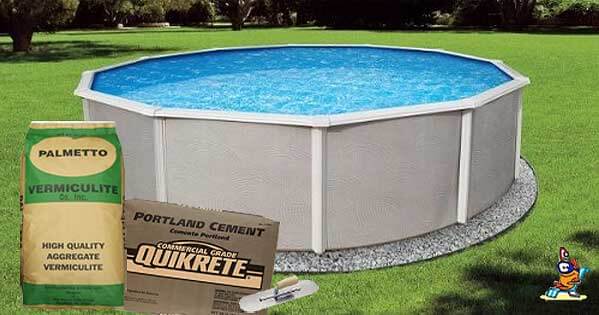
Above ground vinyl liner pools have several choices for pool bottoms, a cement/sand mix, a cement/vermiculite mix or an all sand pool bottom. I’ve worked on them all, and for reasons of cost, permeability and ease of future repairs, I’m going to ahead and recommend vermiculite pool bottoms right out of the gate. No matter if your vinyl pool is inground or above ground, a vermiculite pool floor is much easier to install, and less abrasive to liners than sandy concrete.
A cement and sand mix is also the most expensive route, and requires experience in finishing. Such heavy concrete slabs can settle and crack, or flake up on the surface (spalling) if not troweled and cured correctly. As for all-sand pool bottoms, they are the cheapest way to cover the ground, but sand can easily shift or erode, making the pool floor hard to clean and less attractive. Sand floors also require troweling every time the liner is replaced, and sometimes more often. And troweling sand is not as easy as it sounds – however a Vermiculite/Cement mix is lightweight, spongy and easy to manipulate with a trowel.

Vermiculite pool bottoms are inexpensive and easy to apply. Palmetto Vermiculite for Pools is a medium C-3 grade that works best as a pool base. Retains flexibility after cure, to handle soil movement without cracking. Forms a semi-permeable above ground pool base that allows water to percolate into the ground. If needed, any future vermiculite pool bottom repairs are fast and easy to make, as it can be shaved, shaped, and patched easily.

Vermiculite Pool Bottom Recipe
- 1 – 94 lb. bag of Portland Cement from a local home or hardware store
- 2 – 28 lb. bags of Palmetto Vermiculite for Pools
- 20 Gallons of Water, approximately
That’s one bag of Portland Cement, mixed with two bags of Palmetto Pool Vermiculite. Yield: 55 Sq. Ft
- Mix cement and water first, add Pool Vermiculite and mix for 20-30 seconds, then tip the mixer to pour into wheelbarrows or many 5 gallon buckets.
- Roll the wheelbarrow into pool on a stable ramp, or hand 5-gal buckets to a helper in the pool.
- Trowel and smooth the vermiculite/cement mix flat and level, at a consistent depth of 1.5″.
How Much Vermiculite for an Above Ground Pool Floor?
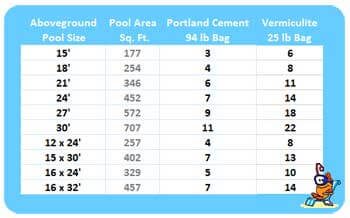
Not so much it turns out! The amounts contained in these charts are for a 1.5″ Vermiculite pool base, which is standard for above ground vinyl pools. Inground pools use a 2″ pool floor for the angles and increased depth.
When planning to buy vermiculite for an above ground pool floor, give thought to the existing floor height. In order to keep your pool depth the same, and so that beaded or J-hook pool liners made for your wall size will still fit, be careful not to raise the pool floor height.
Dig out old sand material to a measured depth to accommodate your new vermiculite pool bottom material. The same applies for new above ground pools, dig out first, so that the finished height of your vermiculite pool floor is just above the bottom rail.
Other Vermiculite Pool Floor Installation Tips
- Check the weather forecast for dry calm weather and temps of 50-80° F
- Spray the pool floor wet with water before applying Vermiculite pool base
- Do not over-mix the Vermiculite pool base; just 20-30 seconds
- Do not over-trowel the Vermiculite pool floor mix; just push it in place level
- Only mix as much Vermiculite/Cement as you can lay down in 15 mins
- Use stakes and strings, to help visually gauge the correct depth as you go
- Use a Paddle Mixer, not a Concrete Mixer. You can also mix by hand in a mixing tub (oof!)
- Use a Pool Trowel with rounded edges, to avoid trowel marks or lines from square trowels
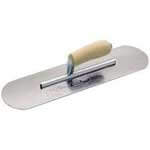
Putting in your own vermiculite pool base is a simple weekend project. Finally you will have a hard pool bottom that will stay flat and smooth, while protecting your liner.
If you are tired of a sand pool bottom, and have given up on floor padding and ugly, moldy foam insulation boards, install your own vermiculite pool bottom!
Thanks for reading!

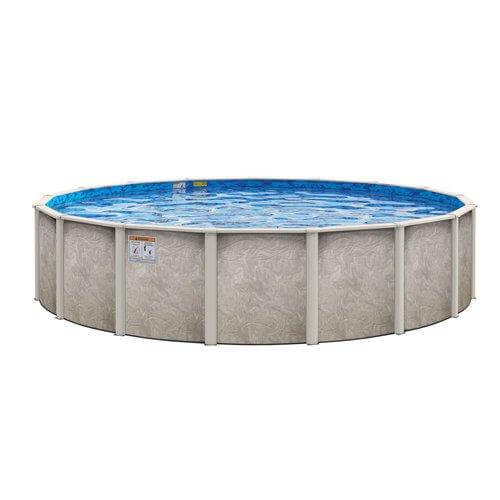
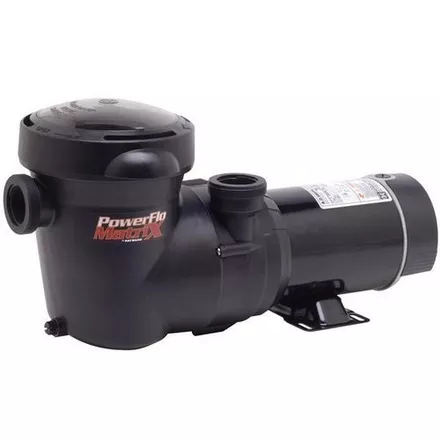
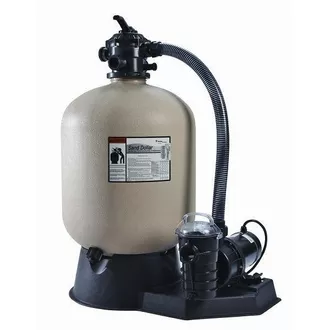
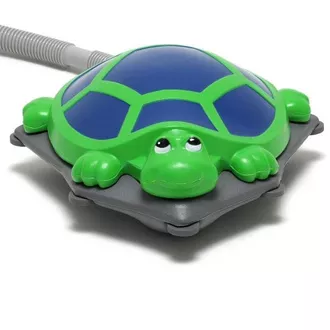
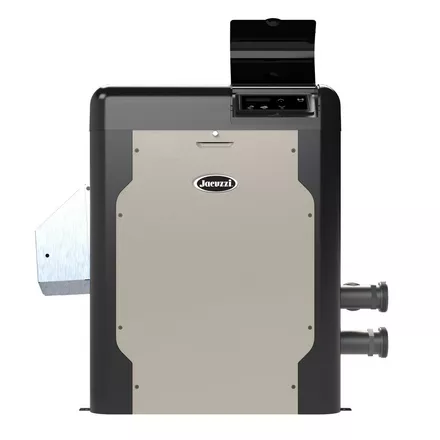
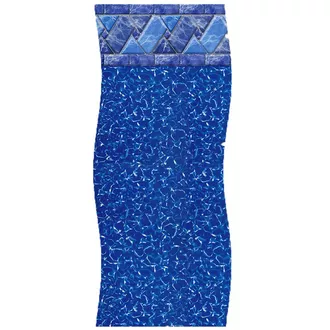
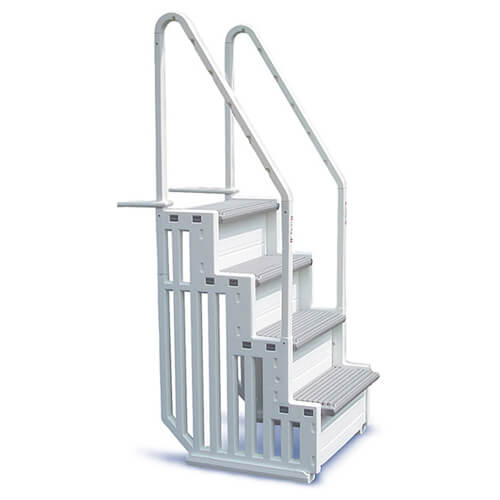
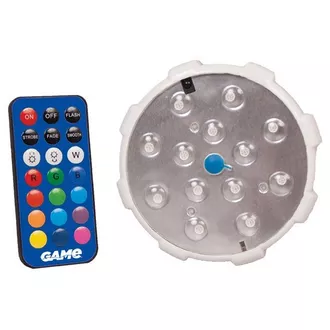
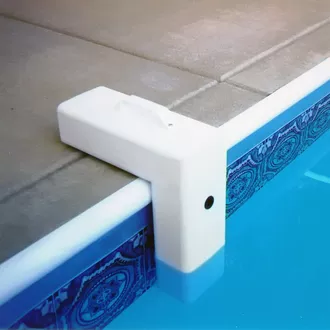
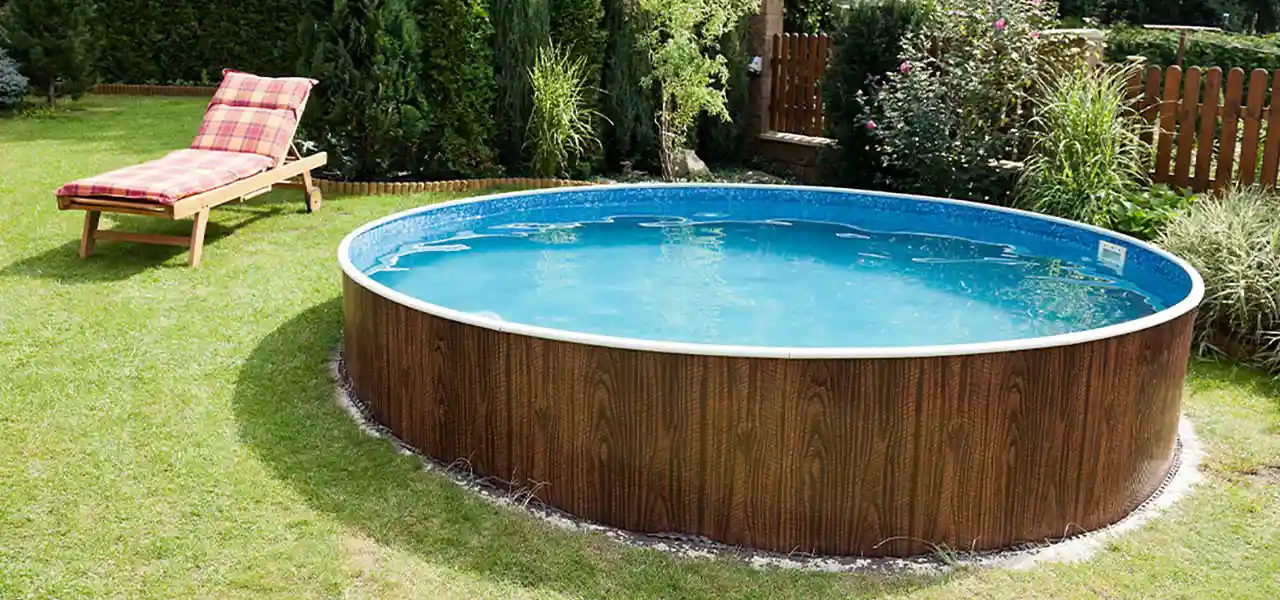
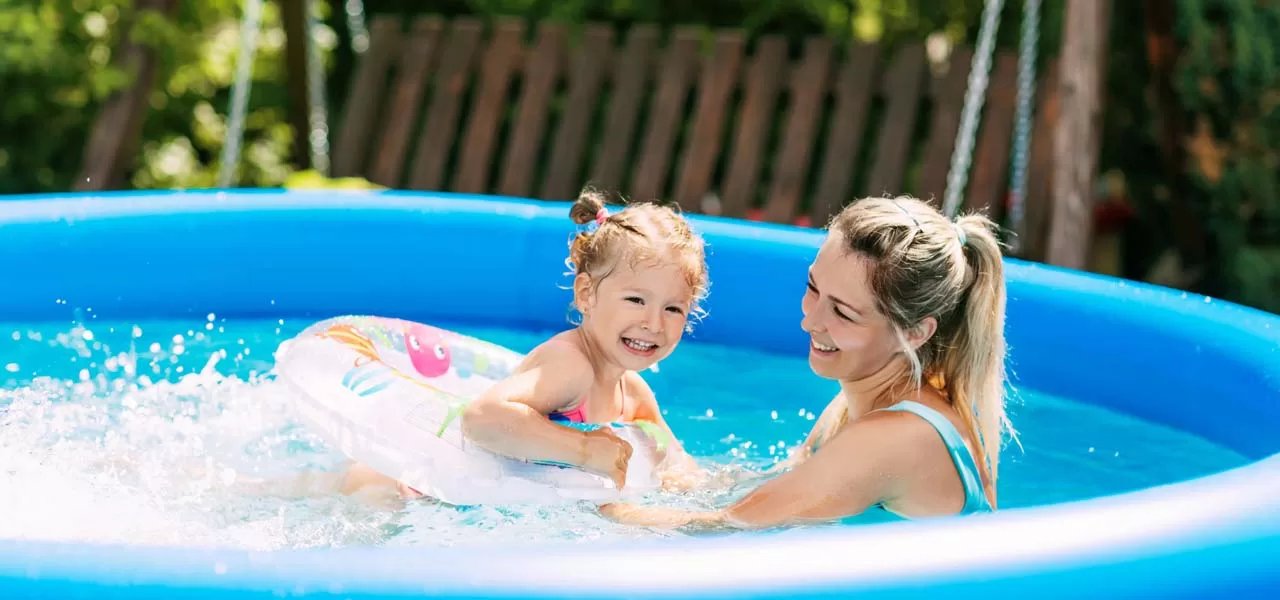
When you use this method….do you still put the patio blocks down for the vertical pool supports or can this suffice?
Greg, yes you still want to use patio blocks, to have firm support under the uprights, which otherwise could sink or tilt